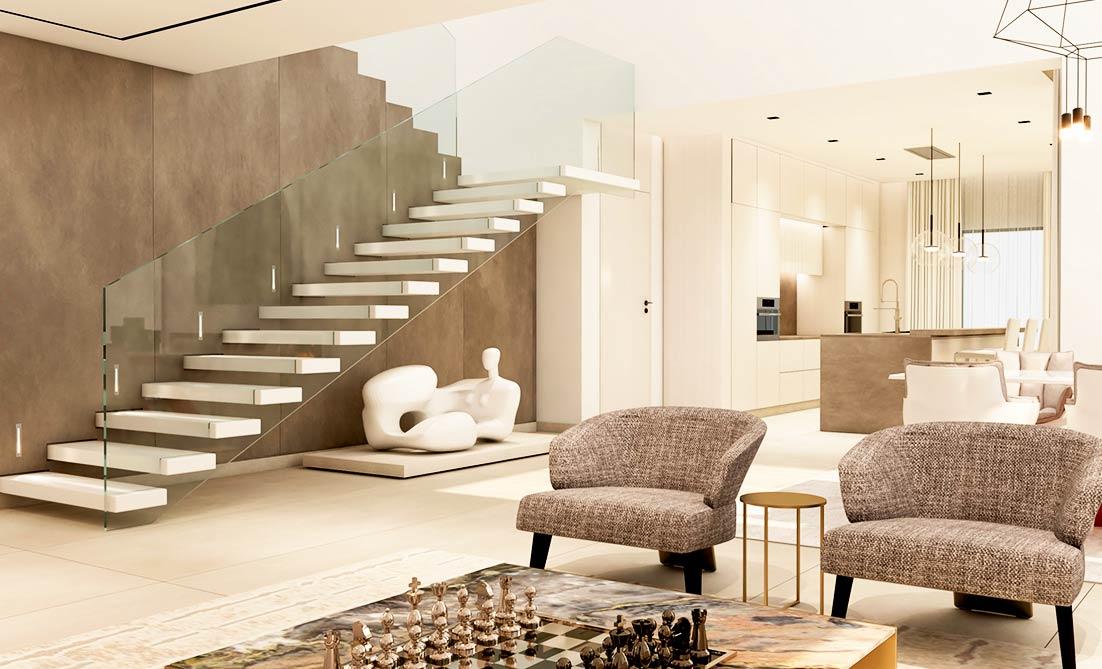The Art of Villa Design: Blending Luxury, Function, and Aesthetic

Reimagining Luxury: The Rise of the Modern Villa
Over the years, villa design architecture has evolved significantly, reflecting changing tastes and modern innovations. Once symbolizing classical grandeur and aristocratic elegance, villas have now become modern masterpieces that merge opulence with functionality. Today’s villa is more than just a luxury residence—it is a statement of personal taste, environmental consciousness, and innovative design thinking.
Whether perched along coastal cliffs, nestled in serene countryside, or integrated into urban landscapes, villas offer a unique opportunity to explore creative architectural expression while delivering superior comfort and timeless beauty.
1. Key Elements of Contemporary Villa Design
Modern villa design incorporates several foundational principles that guide its aesthetics and functionality:
a. Open Floor Plans
One of the defining features of contemporary villas is the use of open spaces. Removing unnecessary partitions creates a seamless flow between living areas, allowing natural light to permeate and enhancing the sense of spaciousness.
b. Indoor-Outdoor Integration
Modern villas are now crafted to seamlessly integrate indoor comfort with outdoor beauty. Large glass sliding doors, infinity pools, outdoor kitchens, and landscaped patios allow residents to enjoy nature without sacrificing comfort.
c. Natural Materials
Wood, stone, marble, and raw concrete are commonly used in villa design to create a natural, grounded feeling. These materials enhance both the aesthetic and tactile experience while promoting eco-friendliness and a connection to nature.
2. Architectural Styles in Villa Design
Villas are a blank canvas for many architectural styles, each offering distinct characteristics and moods. Some popular villa styles include:
a. Mediterranean Villas
Inspired by the coastal homes of Spain, Italy, and Greece, Mediterranean villas often feature terracotta roofs, stucco walls, arched windows, and rustic courtyards. They offer a timeless and romantic appeal.
b. Modern Minimalist Villas
Characterized by sleek architecture and understated detailing, these villas embrace a minimalist design philosophy. Neutral colors, glass walls, and an emphasis on geometric forms give them a sleek, sophisticated look.
c. Tropical or Balinese Villas
Popular in coastal or island regions, these villa designs in dubai emphasize natural ventilation, lush gardens, and the use of bamboo, teakwood, and thatched roofing. They evoke a calming, resort-like experience.
3. Sustainable and Smart Villa Design
As environmental concerns rise, sustainability has become a core consideration in villa architecture.
a. Eco-Friendly Materials and Energy Use
Using locally sourced materials, solar panels, energy-efficient windows, and rainwater harvesting systems has become standard in sustainable villas. Green roofs and walls are also becoming more popular, adding beauty while improving insulation.
b. Smart Home Integration
Today’s villas frequently feature smart home systems, allowing residents to manage lighting, climate, security, and water elements from a distance. Automation enhances convenience, safety, and energy efficiency.
4. Interior Design in Villas: Luxury Meets Comfort
While the exterior sets the tone, it’s the villa’s interior that defines its soul. Interior design in villas balances elegance with livability.
a. Spatial Zoning for Privacy and Function
Luxury villas typically include designated spaces for lounging, dining, entertaining, and working. Private areas like home offices, reading nooks, gyms, and spa rooms cater to individual lifestyles.
b. High-End Furnishings and Custom Finishes
Bespoke furniture, curated artwork, and hand-picked materials such as Italian marble or exotic hardwoods are common in villas. The focus lies in curated quality, resulting in a sophisticated and individualized design.
5. Landscaping and Outdoor Spaces
A villa is never complete without a beautifully designed outdoor area that complements the home’s architecture.
a. Gardens and Water Features
Landscaped gardens, waterfalls, koi ponds, and fountains create a tranquil environment. Tropical plants or minimalist Zen gardens reflect the villa’s overall style.
b. Pools and Entertainment Zones
Features like infinity pools, pergolas, fire pits, and outdoor cinemas turn the backyard into a seamless continuation of the home's interior. These areas are ideal for relaxation and social gatherings.
6. The Role of Lighting and Ventilation
Natural light and ventilation are central to villa design. Floor-to-ceiling windows, skylights, and atriums are used to reduce dependency on artificial lighting and HVAC systems.
Different types of lighting—ambient, task, and accent—are essential for showcasing architectural details and creating the right atmosphere throughout the day.
7. Customization and Personalization
Every villa tells a story—and that story is best expressed through personalization. From the layout to the décor, villas allow homeowners to collaborate closely with architects and designers to create something uniquely theirs.
Whether it’s adding a private library, a rooftop terrace, a home theater, or a wine cellar, the options are endless.
Conclusion: Designing the Dream
Villa design is an evolving art form that harmonizes architecture, lifestyle, and environment. It’s not just about building a large home—it’s about curating a sanctuary that reflects who you are.
With the right balance of form and function, technology and tradition, luxury and sustainability, a well-designed villa becomes more than a residence. It becomes a legacy.
For more and latest articles click here.
- Art
- Causes
- Best Offers
- Crafts
- Dance
- Drinks
- Film
- Fitness
- Food
- Jeux
- Festival
- Gardening
- Health
- Domicile
- Literature
- Music
- Networking
- Autre
- Party
- Religion
- Shopping
- Sports
- Theater
- Wellness



